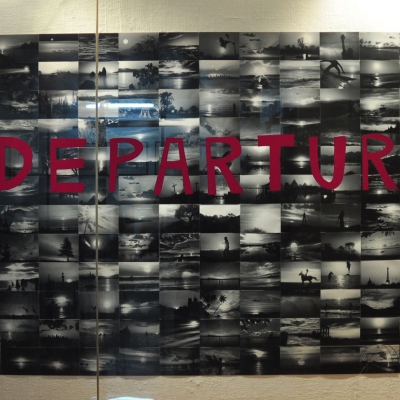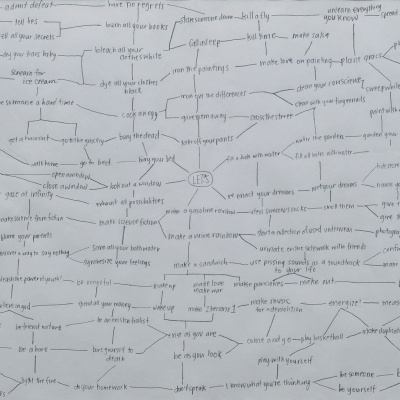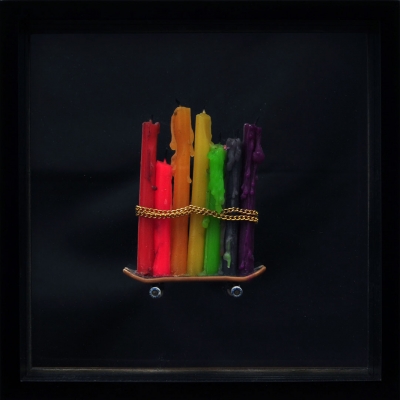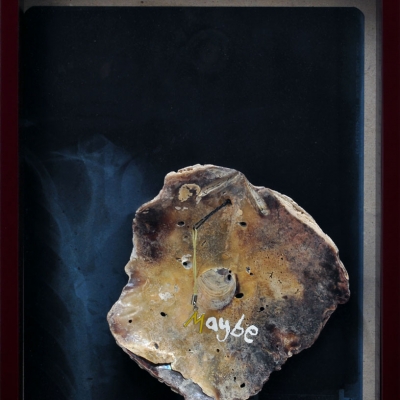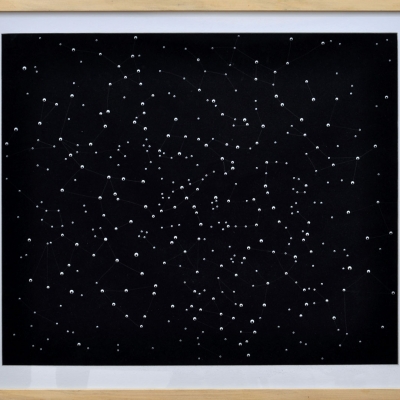In her first one-woman exhibit, Catalina Africa focuses on seemingly innocent moments and images. She calls it “The Etymology of Disaster.” It is on view at West Gallery beginning September 14 through October 9.
“Disaster occurs when you do not follow your stars,” says Africa, breaking down the word “disaster” into the negative prefix, “dis,” and “aster,” which means “star” or “planet.”
She continues, “I started thinking about what happens when things start to go wrong, [involving] moments that are so small and almost secret that you hardly even notice them. Like the very beginning of a butterfly effect, or a small pebble falling and continuing to roll until it eventually leads to a snowball, then an avalanche. My work is about these subliminal moments.”
These moments are captured in photographs. “I like the simplicity of this medium, how upfront and unfussy they are,” explains Africa. “I enjoy thinking that they’re just pictures.”
“They are presented in an almost elementary mockery, like it is so easy to be deceived by the images I use (such as balloons, sunsets, and flowers) to take them for face value. It’s that absurdity I enjoy,” adds Africa. “My sunset pictures are about this encompassing despair that’s hidden behind the obvious sentimentality and corniness – sentimentality as a device for parody. I mean, sunsets are so overused and abused that they’ve become almost sad. Yet we never tire of them, we never fail to comment on a beautiful sunset, or to take pictures of them for that matter. I find this relationship intriguing.”
“Most of my pictures function in this way. We photograph something because we want to remember it, because we find it beautiful. Yet my pictures are sad, silent, and exhausted. There’s a certain amount of deception involved because the images I use are so easy [on the eyes].”
Africa isn’t sure if viewers will see her work that way, but she welcomes their inputs. “I find it interesting when other people see my work differently.” She accepts the inevitable. “After a work is made, it doesn’t belong to me anymore. I cease to have control over it.”
While she cannot say for sure if her next exhibit will delve on something similar, it seems that she’s likely to follow what feels right when that moment comes: “I think it is better to be adaptive to whatever circumstances that arise at the time of art making. A mentor once said that an artist is not defined by style, but by his/her sensibilities. I think it would be more fun to create work drastically different from the last one. It would be more of a challenge to do that than to follow a pattern.”




